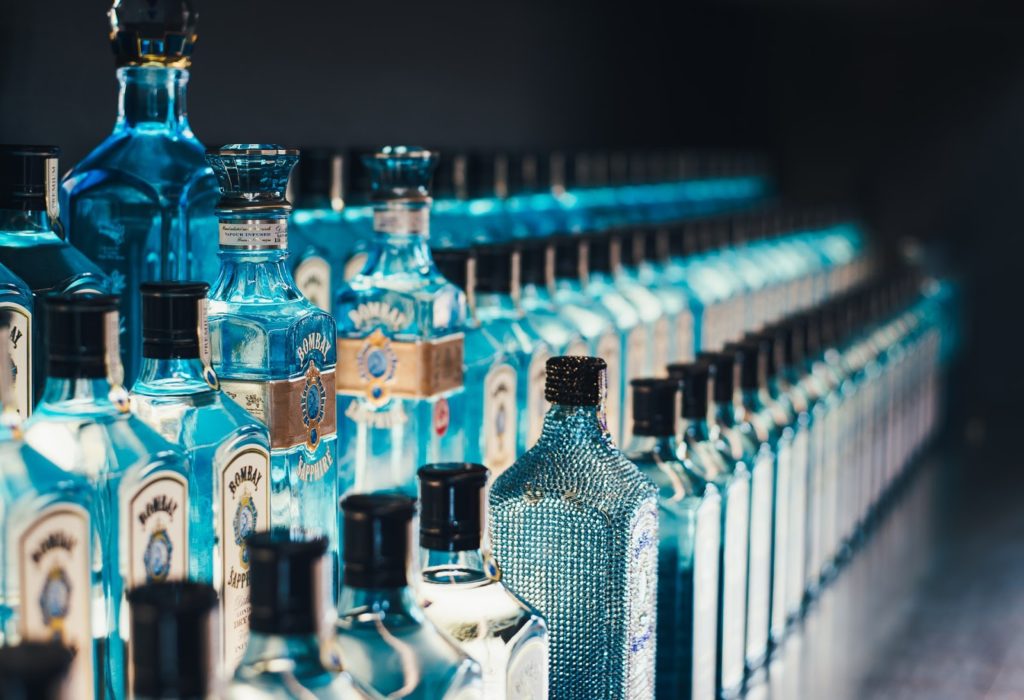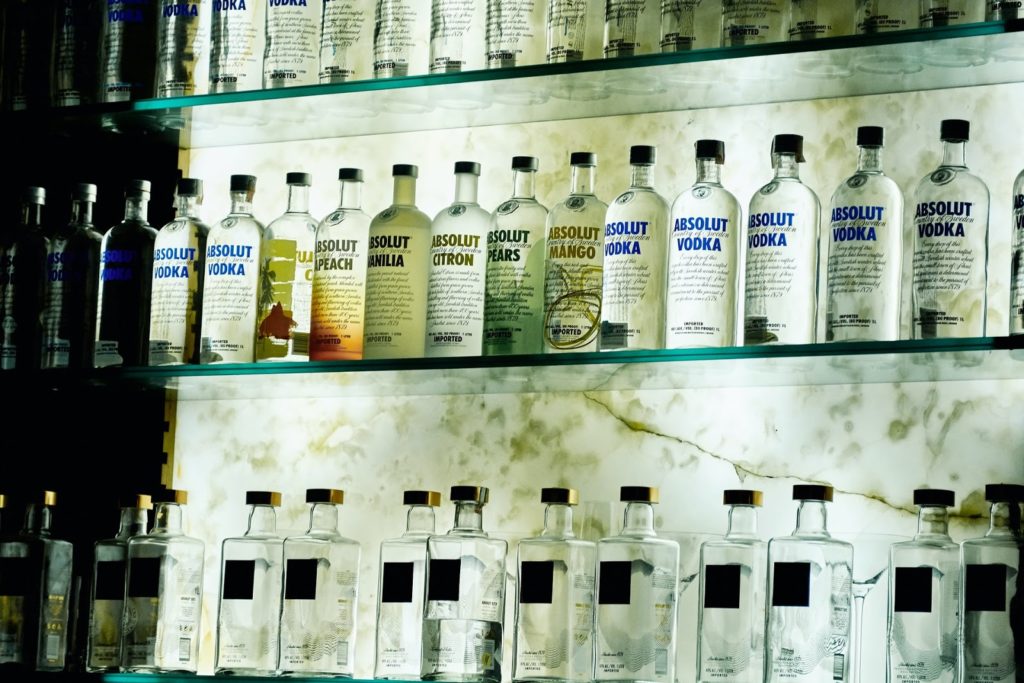Gin and vodka are two of the world’s favorite clear spirit drinks, unlike other spirit drinks like whiskey, brandy, or rum. Many imbibers of these two do not give a hoot about what these spirits are made of or the excellence in their artistic distillation. All alcoholic drinks have distinct differences, and each of them has a history. So, what is the difference between gin and vodka?
Although alcoholic drinks are different, they also have some similarities, primarily in how they are produced. The difference that stands out is the raw materials used, and then the distillation process is then aging to get the final product. Both gin and vodka are a good basis for cocktail mixes all over the globe.


Difference between Gin and Vodka – Gin Vs Vodka
These two spirits have similarities and differences. One is a combination of pine and herbal flavors, while the other is odorless and tasteless! The two are commonly used in cocktail making like Martinis vodka or gin tonic. Many think that gin is just flavored vodka, but no! There are intricate details that differentiate one from the other.
What is Gin?
Gin originated in Holland in the 17th century as a medical drink. It is the redistillation of neutral spirits, then juniper berries are added. The other flavoring agents are added. Every gin has juniper berries as the prominent ingredient, but the flavors differ from one agent to another.
The flavoring agents are botanicals and spices like lavender, citrus peel, and lemongrass, among others. The berries give gin a pine taste while the agents determine the flavor. The alcohol volume in gin is 40%. Gin became familiar to the English people during the 80 and 30 years of war back in 1600, and it was referred to as “Dutch Courage.”
In the U.K., gin was embraced wholeheartedly and was nicknamed “mother’s ruin” because individuals around the country highly consumed it. As for the U.S., a resemblance of gin was famous in the 1910s but prohibited. Gin was the first to make a base for classic cocktail mixes.
Types of Gin:
- London Dry Gin is devoid of sweetness and is the most popular gin style widely produced. Botanicals are added during the second or third distillation for the flavors to blend with the alcohol, creating distinct flavors. The difference between London dry gin and other gin types is how the flavors are added, and the only other thing that can be added is water.
- Plymouth Gin – Made in Plymouth, it is fruitier, more full-bodied with aroma. There were a few distillers in Plymouth, but now only one exists.


- England; Old Tom gin – It was made in the 1800s and is a little sweeter. The British government’s attempt to control the gin craze by creating more strict laws and licensing brought the name. As a result, people were making gin at home and then adding sugar or honey to sweeten the drink because it had an awful taste.
- Navy Strength – It has 57% alcohol volume. This gin’s origin contradicts this, but it was made in the 18th century for the British Royal Navy. They were rationed gin every morning for the officers and rum for sailors. The spirits were stored in wooden barrels below the deck with gunpowder, guaranteeing that the powder’s leakage would burn.
- Gin Liqueurs: They are different from spirits because they have less alcohol but are sweeter. Distilled it is mixed with fruits, and herbs and then sweetened, giving them an ABV of less than 37.5% which classifies it as a gin, hence the name gin liquor.
In the U.S., gin is classified as spirits derived from the characteristic flavor of juniper berries mixed with spirits then produced by distillation of the flavored with aromatics.
What is Vodka?
Vodka is linked to roots in Russia in the 14th century as a neutral spirit void of character. However, today vodka trends are evolving with fruit flavors and aromas. Many define vodka as tasteless, but it is a spirit designed without flavors.
The U.S. government defines vodka as a neutral alcohol spirit filtered without a distinctive character like aroma, taste, or color. Since the 1970s, vodka is the most consumed liquor in America because people love it.
On average, 3.5 shots of vodka are consumed by a regular drinking American per month. However, in Russia and Eastern Europe, where the spirit originated, the spirit is consumed three times. The word vodka comes from “Voda” for water in Russia. Being a clear spirit is not the only factor that sets vodka apart but the fact that it can be made anywhere from several things.


The Difference between Gin and Vodka – Gin Vs Vodka
The difference between gin and vodka (Gin Vs Vodka) is the raw material used to produce both spirits besides their origin. Distilling potatoes make vodka, rye, or wheat, while gin is distilled malt or grain, then mixed with juniper berries to create the flavor. The main ingredient for vodka is water and ethanol, while gin is Juniper berries.
Both spirits (Gin and Vodka) have similarities and differences. The first similarity is that they are distilled and then put through distillation. Second, they are the right ingredients for cocktail mixes.
Differences between Gin and Vodka – Gin Vs Vodka
Taste: Both drinks are colorless, but their flavor is very different. Gin has a herbal taste, but vodka is tasteless and odorless. Vodka is made from water and ethanol, while gin is distilled with juniper berries and then flavored with botanicals to make them unique.
Serving: Enjoy vodka when chilled as it is vicious when cold with a perfect taste. On the other hand, gin can be served on the rocks, chilled, or at room temperature. When gin is not chilled, you can taste its fantastic flavors.
Classification: Gin passes as a flavored vodka, but vodka cannot be a gin. The reason gin can be classified as vodka is that it can be redistilled from vodka and then added spices and botanicals as flavor.
Conclusion
There you have it, differences between gin and vodka are listed above. No matter the ingredients used to make both spirits, they are first put to ferment and then distilled multiple times to remove the spirit’s flavor. The bottom line is, both spirits are fantastic choices for making cocktails, and as said before, they are the most common cocktail ingredients in the world.
Once the process is complete, water is added to the spirit to bring down the alcohol content to 40% in vodka, but for gin, the spirit is mixed with juniper berries, spices, and other herbs for flavor.
